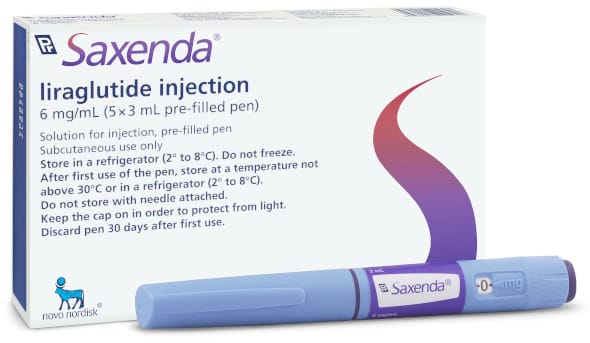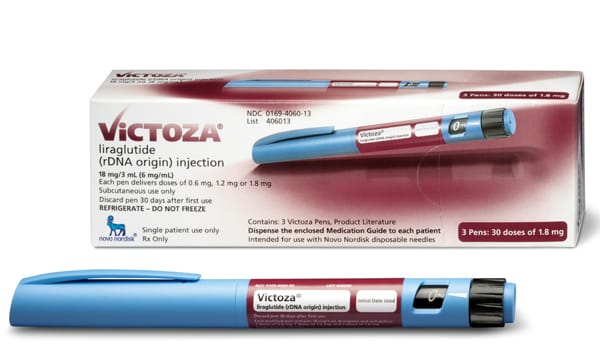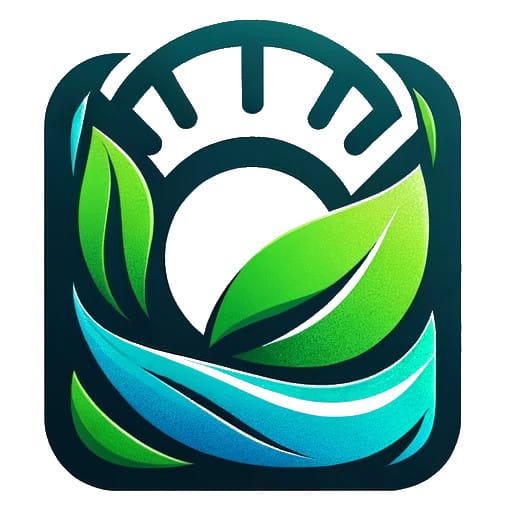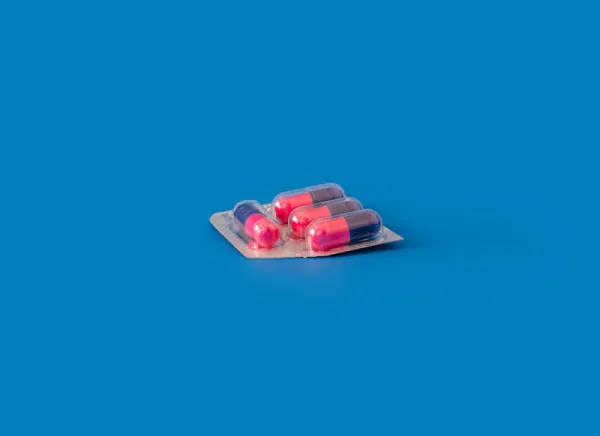GLP1, a WHO essential medicine?

A list of medical professionals and researchers from major universities and organizations:
- Yale New Haven Health
- Yale School of Medicine
- Brigham and Women's Hospital
- University of California, San Francisco
Have petitioned the World Health Organization (WHO) to add GLP1 Receptor Agonists to the list of essential medicines for countries.
Check out our quick explainer
Read the final application (21 pages) for yourself
We're about to summarize it, but it's easy to read the final application for yourself thanks to the open, collaborative nature of the WHO, you can find the application online (click here).
So what?
Recognizing the usefulness of GLP1 Receptor Agonists like Semaglutide (Ozempic, Wegovy, Rybelsus) and Tirzepatide (Mounjaro, Zepbound) means more countries are going to focus on trying to boost production and create more of the drugs.
Ideally, this means the average person (in various countries) gets:
- Cheaper access to GLP1 Receptor Agonist drugs
- Clarity around pricing and inclusion in health insurance
- More regulation around manufacturing of GLP1 drugs
- Enhanced education about GLP1 drugs and their effects
- Better weight management and health policy
While we don't know if the WHO will accept the application, it's impressive that it is being suggested, and inclusion could be a sea change in recognition of GLP1 drugs and their benefits.
What does the WHO do? Why does it maintain an Essential Medicines List?
The World Health Organization maintains lists of "essential" medicines, in fact there's a great article published on PubMed in which you can read about it:

We'll summarize it here for you:
- The WHO's job is to deliver objective and reliable medical information
- The Essential Medicines List (EML) is a list of medicines that should be available in every member state health care system
- The list is reviewed every 2 years
- Applications to add drugs can be made by a wide variety of people and institutions, but the reason to add drug(s) must be evidenced based.
They've got a helpful image to describe the way people in the WHO think about this list:

See the Essential Medical List (EML)
If you want to read the EML for yourself, you can do so easily online via the WHO's website:

And straight to the online search portal called (eEML - "electronic EML"):

Why add GLP1 RA drugs to the EML?
The reasoning given in the application boils down to the following:
- Despite obesity being a major global health issue, the Essential Medicines List lacks weight loss drugs, highlighting a gap in addressing this preventable condition.
- GLP-1 RAs, a type of medication, have been shown to significantly help with weight loss and blood sugar control without a high risk of causing low blood sugar.
- GLP-1 RAs not only aid in weight loss but also reduce the risk of diabetes and heart disease by improving heart and blood vessel health in various ways.
- The drug liraglutide has received approval in the United States and Europe for long-term weight management, marking it as a recognized treatment option.
- While some studies find GLP-1 RAs cost-effective for obesity treatment, others call for price reductions, with upcoming generic versions expected to make them more affordable.
Which Drugs are being added?
The application actually only contains one drug: Liraglutide.
Liraglutide is the core ingredient in Victoza & Saxenda


What's the recommended dosage, efficacy, side effects?
The recommended dosage mentioned of Liraglutide mentioned is 0.6-3.0 mg daily
The application also recommends the combination of Liraglutide with decrease in eating and exercise, and notes that the eventual weight loss is likely to be within 4-5%:
After twelve weeks at the maximum tolerated dose, or after sixteen weeks after initiating the medication, weight is re-evaluated; if there is not a decrease of at least 4-5% of baseline body weight, the medication can be discontinued
The listed side effects of this dosage are the usual for GLP1 RA drugs:
Side effects of liraglutide include hypoglycemia (in 2% of adults without T2DM and 13-28% in adults with other treatment for T2DM), increased heart rate of >10 beats per minute (34%), local injection site reactions (1-14%) and most commonly, GI disturbance. The most common side effect is nausea (39-42%) followed by diarrhea (21-22%)
The only strict contraindications to liraglutide are prior serious hypersensitivity to liraglutide, a personal or family history of medullary thyroid cancer, a personal history of multiple endocrine neoplasia syndrome type 2 (MEN2), and pregnancy.
When a patient is initiated on liraglutide, heart rate, renal function, plasma glucose, a lipid panel, signs of pancreatitis and gall bladder disease, signs of worsening depression, and body weight should be checked. Follow up body weight at the twelve and sixteen week mark should also be checked to determine continuity of the medication.
Read our short guide on the most common side effects and what the research says.







